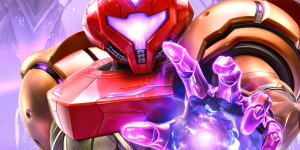Fidenza Artist Sells $7M Worth of Ethereum NFTs Buyers Haven’t Seen Yet

In brief
The artist behind Fidenza, Tyler Hobbs, auctioned off new NFTs that haven’t been minted yet.
All the NFTs sold out within one day, topping over $7M in sales.
Think of it like a mystery box—worth millions of dollars.
Tyler Hobbs, whose “Fidenza” digital artworks have generated more than $150 million in sales to date (including one $3.3 million sale for Fidenza #313 in August), will release his next collection, “Incomplete Control,” on December 9 with a live in-person minting event in Manhattan.
And on Friday, buyers spent $1,800 ETH, more than $7 million, for “golden tokens” redeemable for NFTs (non-fungible tokens) tied to the Incomplete Control artworks they haven’t seen yet.
The Dutch auction—in which the set price of each mint decreases every five minutes until the NFTs are sold—started on Friday and sold out in less than one day. The two highest NFTs were sold at a whopping 80 ETH or $322,756, while the lowest were sold at 30 ETH or $120,846.
Fidenza, part of generative NFT art collection ArtBlocks, is a series of 999 colorful pastiches based on an artistic algorithm that have sold for more than 37,000 ETH, over $150 million.
Hobbs’s new collection will be unveiled at Bright Moments gallery in New York City from December 9 to December 13, where Hobbs will present the new series, which he says reflects the theme of control in the analog and digital world.
“Every work takes a certain amount of time to achieve impact, another length of time to achieve understanding, and a further length of time to reach exhaustion,” Hobbs says on the Incomplete Control site about the new collection.
The new NFTs are made to order and will not be viewable to the public (including buyers) until December. They will be hosted on Art Blocks and available as an ERC-721 NFT. Buyers must be present to exchange their tickets for their NFTs.
The collection is set to mint 100 NFTs that focus on the imperfections of the analog world, and how, Hobbs says, “the forces of chaos and entropy give the natural world a certain warmth, and there are patterns and lessons there that we can use.”
“To say it quickly, this work is about imperfection, time, and continuous space.”















